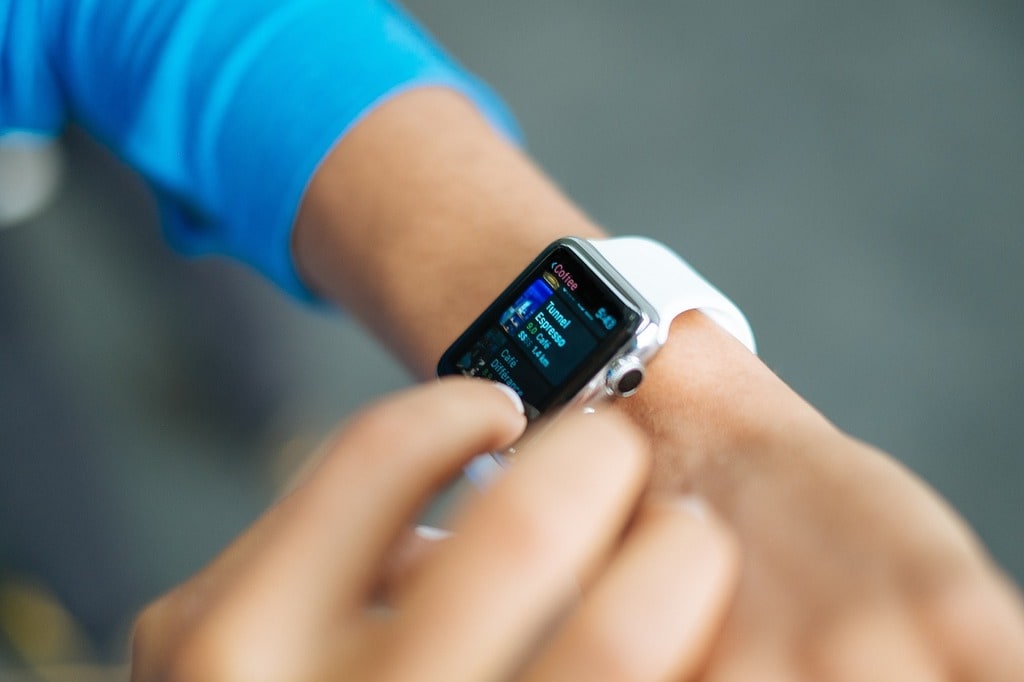In today’s fast-paced world, technology has become an integral part of our daily lives, influencing everything from our work habits to our social interactions. As technology continues to evolve, so must our lifestyles. Embracing changes that align with a tech-savvy environment can enhance productivity, improve well-being, and foster better relationships.
Adapting to a Tech-Savvy Lifestyle
The integration of technology into daily routines demands an adaptation in lifestyle to harness its benefits fully. A tech-savvy lifestyle encompasses efficient time management, healthy digital habits, and the smart use of gadgets to optimize various aspects of life. Here are some strategies to help navigate this digital era effectively.
Firstly, the concept of work-life balance has transformed significantly. Remote work, made possible by technology, requires new boundaries to maintain personal time. Setting clear schedules and creating a dedicated workspace at home can help separate professional responsibilities from personal life. This distinction is essential to prevent burnout and maintain mental health.
Secondly, staying updated with technological advancements is no longer optional. Regularly learning new tools and software can boost productivity and open up new opportunities. Online courses and webinars are excellent resources for continuous learning. Embracing lifelong learning ensures that individuals remain competitive in their respective fields.

Healthy Digital Habits
Adopting healthy digital habits is crucial in a tech-dominated world. Excessive screen time can lead to physical and mental health issues such as eye strain, poor posture, and digital fatigue. Here are some practices to mitigate these effects:
- Use the 20-20-20 rule: every 20 minutes, take a 20-second break to look at something 20 feet away.
- Ergonomic setup: ensure that your workstation promotes good posture, with screens at eye level and chairs that support your back.
- Digital detox: allocate specific times to disconnect from digital devices and engage in offline activities.
Creating a balanced digital diet helps in maintaining overall well-being and preventing the negative impact of prolonged technology use.
Enhancing Productivity with Technology
Technology, when used effectively, can significantly enhance productivity. Tools such as project management software, digital calendars, and automation apps streamline tasks and save time. Here are a few recommendations to leverage technology for better productivity:
- Task management apps: utilize apps like Trello or Asana to organize tasks, set deadlines, and track progress.
- Calendar syncing: sync all digital calendars to avoid overlapping commitments and ensure timely reminders.
- Automation: use automation tools like IFTTT (If This Then That) to automate repetitive tasks, freeing up time for more important activities.
Implementing these tools can lead to more efficient work processes and better time management.
Smart Living with Gadgets
Gadgets play a significant role in shaping a tech-savvy lifestyle. Smart home devices, fitness trackers, and voice assistants are revolutionizing the way individuals manage their daily lives. Here are some smart living tips:
- Smart home systems: devices like smart thermostats and lighting systems can be controlled remotely, adding convenience and energy efficiency.
- Fitness technology: wearable devices track physical activity, monitor health metrics, and provide insights to improve fitness routines.
- Voice assistants: use assistants like Amazon Alexa or Google Home to manage schedules, control smart devices, and access information hands-free.
Incorporating these gadgets into daily life can simplify tasks and promote a more connected and efficient living environment.
Balancing Social Interactions in a Digital World
While technology facilitates communication, it is essential to balance virtual interactions with real-life connections. Social media and messaging apps are excellent for staying in touch, but they should not replace face-to-face interactions. Here are some suggestions for maintaining a healthy social balance:
- Schedule in-person meetups: regularly plan gatherings with friends and family to foster deeper connections.
- Digital boundaries: set limits on social media usage to prevent it from consuming too much time and attention.
- Mindful communication: practice active listening and engaging in meaningful conversations, whether online or offline.
Balancing digital and real-life interactions ensures that relationships remain strong and fulfilling.
Incorporating these lifestyle changes can lead to a more balanced, productive, and fulfilling life in a tech-savvy world. By adapting to technological advancements thoughtfully, individuals can enhance their overall well-being and stay ahead in an ever-evolving digital landscape.
